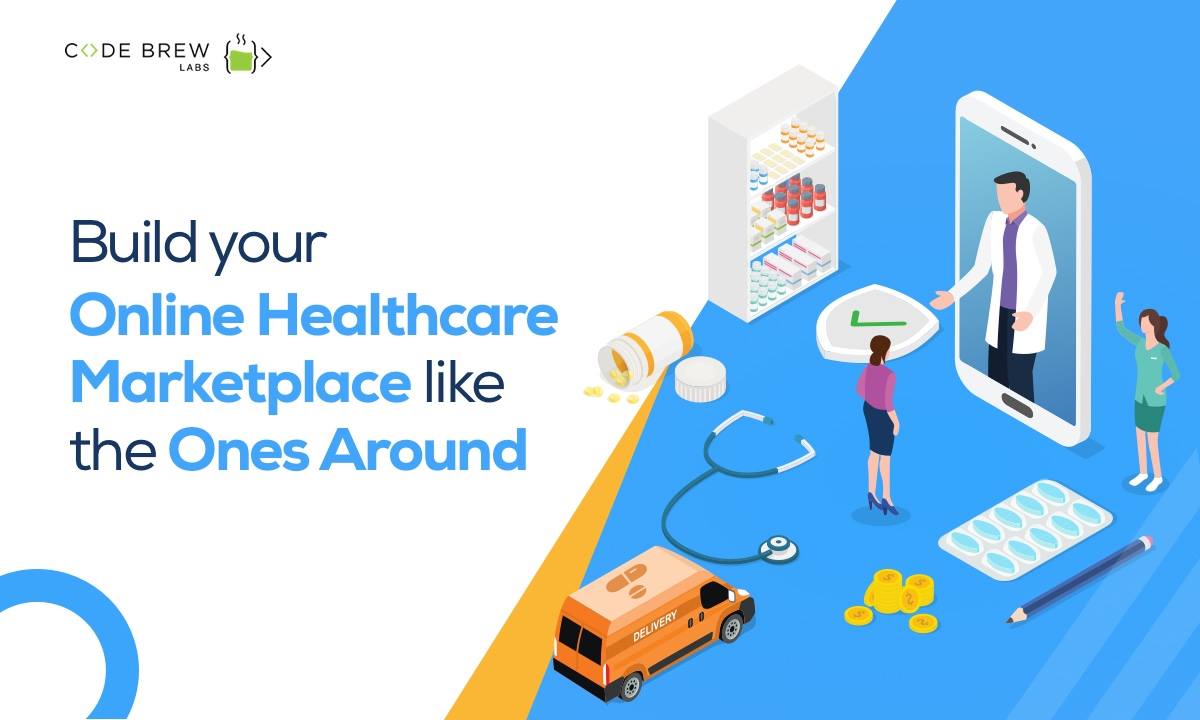A Comprehensive Overview to Subscription Based Healthcare: What You Required to Know
A Comprehensive Overview to Subscription Based Healthcare: What You Required to Know
Blog Article
The Increase of Subscription-Based Healthcare and Its Influence On Person Care
As medical care evolves, the subscription-based design is acquiring grip, promising to transform patient care by offering predictability and access. The possibility for these versions to improve medical care distribution increases pressing inquiries about their lasting sustainability and inclusivity. Are these subscription solutions the future of healthcare, or do they risk leaving prone populations behind?
Recognizing Membership Health Care Models
Understanding the principle of membership medical care versions entails checking out a transformative approach to clinical services that emphasizes cost and access. These designs, typically described as direct health care (DPC) or concierge medicine, have become innovative choices to conventional fee-for-service healthcare systems. Subscription health care allows clients to pay a set month-to-month or annual fee for a specified set of medical solutions, which might consist of limitless office gos to, routine check-ups, and standard laboratory tests, without the requirement for standard insurance billing.
The structure of membership medical care designs is designed to simplify client treatment by removing third-party payers and complex payment codes, therefore reducing management problems. Health care providers can focus extra on client care, promoting stronger patient-provider connections. This version additionally advertises preventative treatment by encouraging routine sees, as the financial obstacle of per-visit charges is removed.
The membership design frequently empowers doctor to take care of smaller client panels, enabling for more individualized treatment. It lines up monetary rewards with individual wellness results, as companies are motivated to keep person satisfaction and health. On the whole, understanding subscription medical care models calls for identifying their potential to improve how care is delivered and accessed.
Advantages for Service Providers and individuals

With a constant earnings stream, healthcare specialists can dedicate more time to each individual, leading to a much more individualized and comprehensive treatment experience. The focus on preventative treatment within membership strategies can lead to far better person end results and decreased long-lasting healthcare expenses.
Difficulties and Concerns
While subscription-based healthcare models existing many advantages, they additionally come with a collection of difficulties and concerns that have to be addressed. This elevates moral concerns about equitable accessibility to medical care services.
Financial sustainability of subscription-based versions is one more issue. Companies need to balance the fixed earnings from memberships with the variable costs of medical care solutions, which may vary because of unexpected clinical demands. This can produce stress to limit solutions or increase costs, possibly affecting patient contentment and care top quality.
In addition, regulatory oversight of subscription-based medical care versions is still developing. Dealing with these obstacles is vital for the fair and successful implementation of subscription-based health care.
Effect on Patient-Doctor Relationships
One significant influence of subscription-based healthcare versions on patient-doctor relationships is the potential for boosted connection and individualized treatment. By adopting a subscription version, doctors can take care of a smaller client panel, permitting even more dedicated time with each person. This enhanced accessibility fosters a much deeper understanding of a person's case history, lifestyle, and preferences, making it possible for much more tailored therapy plans and treatments.

However, it is very important to acknowledge that while subscription-based models might profit those who can manage them, they can unintentionally broaden healthcare differences. People that are unable to join these versions could experience lower accessibility to customized care, potentially impacting their partnerships with medical care suppliers. Thus, while the membership version provides appealing advantages for patient-doctor partnerships, it likewise poses challenges that need to be dealt with to guarantee equitable healthcare access.
Future of Health Care Access

The duty of innovation can not be overlooked in this makeover. Telemedicine platforms and digital health documents assist in seamless communication in between clients and healthcare providers, breaking down logistical and geographical barriers. Additionally, advancements in man-made this page knowledge and data analytics can better personalize treatment by predicting client requirements and enhancing treatment plans.
However, the future of health care gain access to likewise presents challenges, such as making certain equity across various socio-economic teams. Policymakers and healthcare service providers have to work together to bridge the digital divide, making sure that subscription-based models stay economical and comprehensive. As these systems mature, they hold the assurance of making healthcare much more accessible, effective, and patient-centric.
Verdict
Subscription-based health care designs are reshaping patient treatment by giving a stable expense structure and enhancing accessibility. These models enhance patient-provider connections through individualized treatment and routine check outs, stressing preventative health and wellness. Despite these advantages, challenges such as accessibility concerns for low-income populaces and the requirement for fair healthcare remedies linger. The increase of subscription-based medical care encourages proactive client engagement, which has the prospective to improve patient outcomes and complete satisfaction, indicating a transformative shift in healthcare my response shipment.
As health care advances, the subscription-based version is acquiring grip, guaranteeing to reinvent client care by using predictability and availability.Subscription-based healthcare models use unique advantages for both service providers and clients, improving the total healthcare experience.As healthcare systems advance, the future of health care accessibility often pivots on the integration of innovative models and modern technologies.Subscription-based healthcare versions are reshaping individual care by offering a stable cost structure and enhancing accessibility. The rise of subscription-based medical care urges positive individual interaction, which has the prospective to improve patient results and satisfaction, signifying a transformative shift in healthcare shipment.
Report this page